The final March Madness game between Gonzaga and Baylor might not have been as exciting as that last minute half-court shot by Jalen Suggs, but I was still surprised to hear that ratings for the game on CBS were down 14% from last year. A year into the pandemic, the big screen doesn’t seem to have the draw that it might have had last year when we were all in lockdown.
This stat was reported at the same time we saw a rise in interest for the women’s tournament. ESPN noted that the final women’s game got 4 million viewers, which was the highest since 2014. Four million is a mere quarter of the more than 16 million fans that watched the men’s tourney, but it’s progress.
That ratio of one to four viewers was lost on mainstream media, however. Our research shows that of the top 50 social media posts about NCAA basketball, the most popular 49 were for the men’s tournament. That’s a pretty dismal 49 to 1 ratio that was reshared in the form of social embeds on big sites. Social embeds are now used by a majority of publishers to add color to their own articles—images, videos, and snippets from social platforms like Twitter, Instagram, Facebook, and TikTok tend to be the drivers or even the source of the news. They provide a very measurable understanding of how journalism is using social media content to support their own storytelling.
Cheers For the Underdog
There was a small blip in mainstream media coverage when Sedona Prince called out the totally lopsided treatment of the men’s and women’s tournaments. The majority of the coverage of that story featured Prince’s social media post of the major disparity in men’s and women’s facilities at the tournament. It was the smaller publisher sites in particular where her posts created a big wave. In fact, search for Sedona Prince on Google and the People.com article ranks higher than ESPN, where the games were actually aired.
There has been so much talk these days about how mid-sized and small sites are being squeezed by the big platforms—that search holds their content hostage or that they rely too heavily on platforms for ad revenue. But, with social embeds, small sites actually take content from the platforms and repurpose it for their own benefit, earning revenue and providing an alternative voice to the big players.
Creative Uses of Social Content to Drive More Engagement
Publishers don’t have to just stick to social embeds that are sent out by major news sites or celebrities, though. They can do a lot with social embeds that make use of their own universe of content—not every reader is aware that a publisher has more than traditional articles and newsletters. For instance, utilizing embeds to showcase elements from podcasts, YouTube videos or posts on TikTok, is a great way to create more stickiness and make visitors aware of additional content across channels they might not otherwise visit. Publishers can also share unique or curated content through social embeds. For example, sharing playlists from their own Spotify channel or a recording of a recent interview. And for publishers that are using streaming content—from Clubhouse or a livestream video feed, adding an embed to another article can create a bit of FOMO that drives new traffic to the channel.
Social embeds offer the same contextual appeal of native content links at the bottom of an article, but the social format creates a different sense of timeliness and interest. By simply adding embeds featuring the latest article posted to the publisher’s Twitter feed to the end of their evergreen articles, site visitors are always exposed to the most current content and headlines.
Stay Scrappy Small Publishers
With so much change happening with the large platforms on digital media, the more that publishers can be creative with what they have, the better. Social embeds provide a free content outlet that can add a timely, exciting element to a page that can really stand out.
And as the NCAA news shows, social embeds give smaller sites the ability to showcase important stories that may otherwise get swept under the rug. Providing a new venue for a wider variety of news stories is a huge reminder of the importance of diversity in publishing. Creating an ecosystem where publishers can support different narratives that get drowned out by the leaders at the top is what social media was originally about, and it’s nice to see that publishers found a creative way to actually make that happen.
Learn more about the adoption and usage trends behind the Social Embed -

.jpeg?height=100&name=Image%20from%20iOS%20(4).jpeg)
